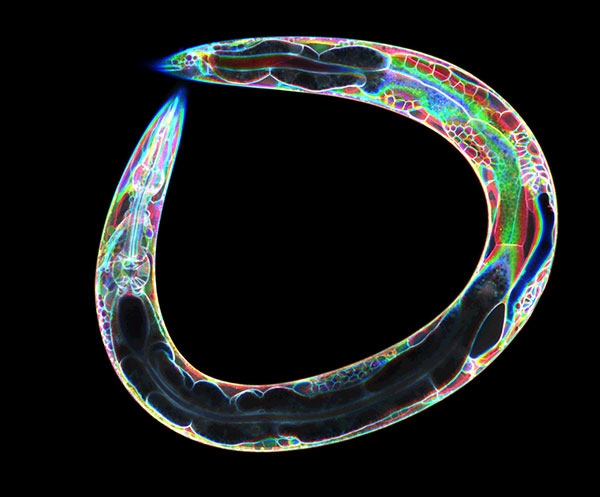You are here
Found in Translation: C. elegans as a Preclinical Model for Parkinson’s Disease
Speakers
Abstract
In 1817, Dr. James Parkinson authored “An Essay on the Shaking Palsy”. Today, 205 years later, the burden represented by his namesake disease remains a major medical and socio-economic concern impacting millions worldwide, with only limited symptomatic treatment options available to patients. Advances in human genomic analysis, stem cell biology, and animal modeling have coalesced with technical breakthroughs in molecular biology to greatly increase the prospects for therapeutic intervention for Parkinson’s disease (PD). Still, an unmet need exists for strategies that have the capacity to accelerate discovery of the mechanistic underpinnings of PD and identify diagnostic markers or potential therapeutic targets. The Caldwell Lab has pioneered the use of the nematode, Caenorhabditis elegans, a microscopic roundworm with a short 3-day generation time and ~2-3-week lifespan, as an animal model system to meet this challenge and more rapidly define evolutionarily conserved genes and pathways involved in PD. Strains of C. elegans, genetically engineered with human genes and/or mutations, can recapitulate clinical hallmarks of PD pathology including the progressive loss of dopaminergic neurons over time, where their application enables unrivaled rigor and precision in quantification of neuron survival, at the single-neuron level, in hundreds of animals per experiment. Studies using these specific transgenic worms have led to some of the first reports of multiple genetic and chemical modifiers of dopaminergic neurodegeneration, often pre-dating their association to PD or related movement disorders. This seminar will describe the foundational approach taken and will recap several discoveries that exemplify the predictive nature of our worm PD model, especially with respect to lysosomal dysfunction. Additional results that contributed to a long-sought explanation for the selective vulnerability of dopamine neurons in PD will be described. Moreover, these data will be further explored in the context of new results that reveal a previously unreported intersection between dopamine and small, non-coding dsRNA transport in C. elegans, with implications for neurodegeneration, as demonstrated through a functional analysis of genomic variants found in PD patients. The collective outcomes of this research justify and extol the virtues of continued investments in simple animal models that inform and hasten preclinical discoveries for neurodegenerative diseases and illustrate the prerequisite sense of urgency that must be embraced to halt them.


